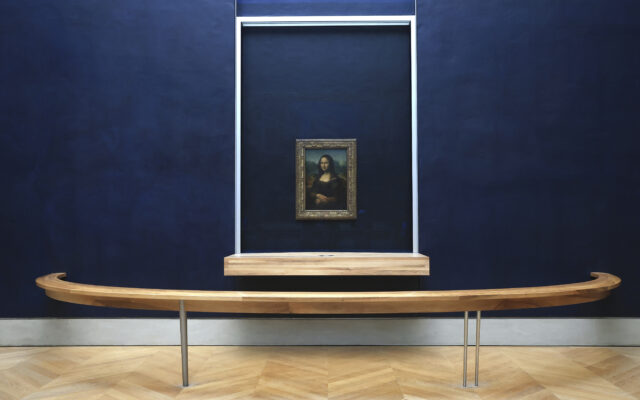Scientists Pry A Secret From The `Mona Lisa’ About How Leonardo Painted The Masterpiece

FILE - The Mona Lisa by Leornado da Vinci is pictured at the Louvre museum Wednesday, June 7, 2023 in Paris. Using X-rays to peer into the chemical structure of a tiny speck of the celebrated work of art, scientists have gained new insight into the techniques that Leonardo da Vinci used to paint his groundbreaking portrait of the woman with the exquisitely enigmatic smile. (AP Photo/Aurelien Morissard, Pool, File)
PARIS (AP) — The “Mona Lisa” has given up a secret.
Scientists used X-rays to peer into the chemical structure of a tiny speck of the celebrated work of art.
They came up with a new insight into the techniques used by Leonardo da Vinci when he painted his portrait of the woman with the enigmatic smile.
Research published Wednesday in the Journal of the American Chemical Society says the oil-paint recipe he used as his base layer had a distinctive chemical signature.
A rare compound in Leonardo’s first layer of paint suggests the famously inventive Italian Renaissance master may have been in an experimental mood when he started the “Mona Lisa” early in the 16th century.
You Might Also Like







